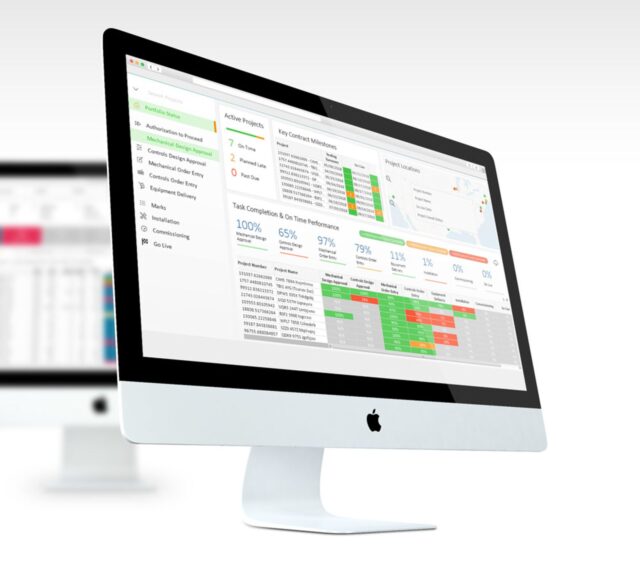Another release in the books, another job well done by the Qlik development team. The April 2019 Release of Qlik Sense offers exciting new functionality and a variety of ways to enhance your Qlik environment. From multi-cloud deployment and associative insights, to unified licensing and new visualizations, here is a quick summary of everything you need to know about this early summer release and how to optimize your Qlik platform.
Multi-Cloud Deployment
The full capabilities of Qlik Sense Enterprise can now be deployed and enjoyed across a variety of new platforms, leveraging the scalability of the cloud via the Kubernetes infrastructure. This multi-cloud flexibility allows users the ability to create, reload and consume apps on the SaaS environment, Qlik Cloud Services. This allows customers the flexibility to deploy Qlik Sense Enterprise in their own private cloud, or public cloud environments, or a mix of cloud and on-prem infrastructure. This is a great leap forward for companies wishing to leverage the power of the cloud while also needing to keep sensitive customer data secure onsite. Seamless integration between these platforms is the flexibility companies need to take Qlik across the enterprise.
Associative Insights
Associative Insights, available in the selections panel at the top right corner of the sheet, utilizes augmented intelligence to help reveal hidden insights in data for users to explore. This capability, infused with the combined power of the associative and cognitive engines, provides additional functionality and allows the user to analyse the key connections/relationships within one’s data to further prompt new questions and findings. Simply click the “Generate” button, scroll through the available insights and discover the unseen data relationships that could have been overlooked. Associative insights improves the pace and effectiveness of data discovery, turning your analysts into super analysts!
Unified Licensing between QlikView and Qlik Sense
Qlik have made many steps to easing the transition from QlikView to Qlik Sense over the past few years, and the unified licensing model is just one more initiative in this channel. Unified licensing provides a single license key for users to access both QlikView and Qlik Sense apps in a central hub. Not only does this reduce the burden of license management, but it also improves license usage visibility and compliance. The unified licensing model is a great compliment to the already available tools to help automatically port QlikView apps over to Qlik Sense.
New and Improved Visualizations
Bullet chart – Similar to a horizontal bar chart, the bullet chart is great for tracking goals, specifying targets and defining ranges, with associated colors and minimal clutter.
Bar and Area chart – A variant of the standard bar chart that gives more flexibility in options for labels, single measure presentations, and ability to show value differences between specified selections on the chart.
Image as Map Background – Utilizing an image for a map background provides a quick and easy way for users to add and analyse backgrounds that require GPS coordinates such as floor plans, custom drawings, parking lots, stadium seating, office layouts, transit routes and much more.
Other Notable ‘Value-Added’ Product Enhancements
Qlik Nprinting – Task Notifications offering warnings and alerts on problematic tasks. This is a welcome improvement to enable more pro-active monitoring and greater efficiencies in Nprinting administration.
Qlik Big Data Index – Additional live mode with added aggregation options.
Qlik Sense Mobile for BlackBerry – Available now at marketplace.blackberry.com/apps and iTunes App Store. The curated mobile experience is now available via apps on Blackberry, iOS and Android.
Stay tuned for the next Qlik Sense Release coming in May 2019!
For more information about this April 2019 Release or Qlik in general, please reach out to a Pomerol Consultant at info@pomerolpartners.com, or check out the release notes on Qlik’s website here.
More Insights
-
Qlik to Power BI Migration

-
Client Product Reporting in FX Sales & Trading

-
Consolidating Financials for Multiple Acquisitions

-
How Machine Learning Can Transform the Financial Sector in 2024

-
Tracking Key Business Metrics using Power BI

-
Update on the future of Talend Open Studio

-
Multinational Bank’s Need of Fluid Understanding for their FX Pricing

-
Building a Single View of a Customer’s Portfolio to Support Regulatory Compliance

-
Exploring Change Data Capture (CDC)

-
🔍 Excel vs. BI Tools: Why It's Time to Evolve Your Data Strategy

